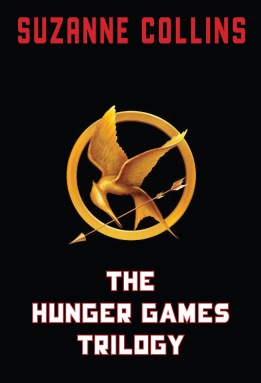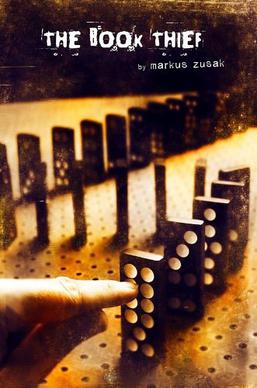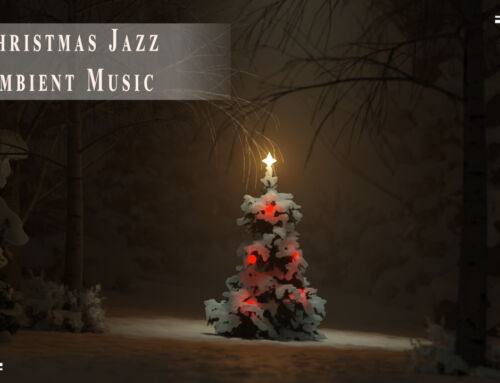Why do we love YA?
Young Adult is somewhat of a vague term. When I was younger, I didn’t enjoy the connotations of “teen” fiction, for it seemed to trivialise or belittle the books I was reading.
The definition of a Young Adult book is somewhat blurred, with Teen or “New Adult” fiction intersecting and interchanging quite frequently depending on the subject matter. However, it’s endurance in bestseller charts and popular culture speaks for itself. So, what is it about Young Adult that appeals to the masses in such a way?
There is something magical about being a young adult. Everything is new and frustrating and dramatic and exciting and hopeful all at once. This is what YA taps into: the willingness to suspend disbelief and to leave scepticism at the door, falling in love with characters, fantastical worlds and really getting the most out of the reading experience as a result. It is also a time with an indefinite end – at 23, I count myself as a Young Adult even though this genre is conventionally marketed towards 14–18-year-olds. I find myself drawn back to YA fiction time and time again, because it often explores the vast variety of questions, experiences and dilemmas that we face in our formative years.
I remember falling completely in love with The Hunger Games books as a teenager, revelling in the dystopian fantasy world being described, the flawed and compelling female protagonist and the romantic subplots that ran throughout the whole thing.

It was fresh and exciting and somehow inspiring to see young characters leading the narrative and demanding respect from authorities. It seemed to highlight the power that young people can hold in spaces where they aren’t usually taken seriously, lighting a fire in the minds of readers about the changes they could make to their society and circumstances.
Just as children’s book narratives can be packed full or morality and life lessons, YA does the same for a slightly older, more self-aware audience.
Some novels explore the turbulence of your teens and the impact it can have on your mental health; others explore imagined dystopian futures as an anxious reflection on contemporary society; some even deal with the emotional impact of illness, abuse, grief and heartbreak. Not only do these texts deal with the highly relevant and sophisticated subject matter and sub-text, fantastical plots and compelling characters often lend themselves to translation into high grossing movie franchises, such as Harry Potter or The Hunger Games. And it isn’t only the young adults who enjoy them; adults flock to cinemas to get involved in these beloved stories just as much as anyone else, indulging in nostalgia and escapism.
There is some snobbery around reading Young Adult when you’re an adult, but all you need to do is type in YA fiction into Google to see just how broad the classification is.
 Coming of age novels allow readers to think more deeply about their own experiences and explore narratives and identities from the safety of their home. From The Perks of Being a Wallflower to The Book Thief to anything by John Green, there is something for everyone. In truth, it is less of a genre and more of a demographic, with content ranging from science-fiction to romantic love triangles.
Coming of age novels allow readers to think more deeply about their own experiences and explore narratives and identities from the safety of their home. From The Perks of Being a Wallflower to The Book Thief to anything by John Green, there is something for everyone. In truth, it is less of a genre and more of a demographic, with content ranging from science-fiction to romantic love triangles.
In my opinion, the classification of these genres and readerships are only really of use to those marketing and distributing the books. You may read and enjoy and engage with a text intended for any age, so do not be put off by the category label in the book shop. Particularly if you’re trying to get back into reading, do not dismiss YA as beneath you or your reading level.
These texts are popular for a reason. Being rich with emotion and creativity, they are a reminder of why we first fell in love with reading books. It’s more accessible than some texts and can be just as culturally valuable, so next time you’re on the hunt for a new read to get stuck into, revisit your adolescence and remember what it was like to a teenager.





Leave A Comment